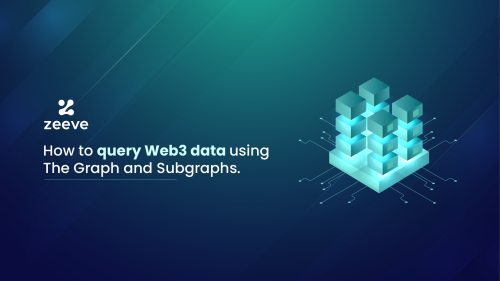Introduction to Hashgraph
Decentralised Ledger Technology (DLT), more specifically Blockchain, is revolutionizing the way we exchange value and information with each other. It is helping us move away from the world with central regulatory bodies, needed for brokering trust, and towards a decentralized trust-less ecosystem. A world where technology shoulders the responsibility of federating the trust.
The blockchain is a disruptive technology, but it has its fair share of issues. The proof-of-work algorithms needed to validate transactions are slow and resource intensive. A few transactions per second is snail-paced compared to the millions of transactions we do over the internet. To put things into perspective – Visa is capable of handling 24,000 transactions per second. Secondly, the cost of validating transactions is prohibitive, factoring in the cost of miners, the power consumption, and environmental impact. However, Blockchain is a technology in its infancy and needs time to evolve and prove its mettle. It’s like we have just invented the Internet and we need Yahoos and Googles to achieve its real potential. Hashgraph is the new kid on the block, which might be the Google of the Blockchain industry.
Hashgraph is a DLT platform, which employs Gossip protocol for consensus building. The information is disseminated as gossip, that is through random selection of peers to share what you know. The idea is to share the information with as many participants as possible if not all. Interestingly epidemics spread in the same way (boy oh boy!). It has been mathematically proven that gossiping is the fastest way of spreading news, and Hashgraph builds on it.
To achieve consensus, Hashgraph uses two techniques – Gossip about gossip and Virtual voting.
Gossip about gossip means sharing information about the information being spread. This is achieved by adding a tiny amount of additional information, a couple of hashes about the people spreading the gossip (the parent nodes). This helps in creating a historical graph of information being disseminated.
Virtual Voting is used to build consensus on the ordering and timestamp of the gossips (the transactions). In simple words, the participants take turns in voting on what they know and when they came to know about it. Its virtual, as each participant simulates the voting, using an algorithm, to arrive at a consensus on ordering and timestamps. Actual voting is not necessary, as all participants already have a copy of the same data-set and are supposed to arrive at the same voting results, which is also mathematically proven. This increases the speed with which a consensus is arrived at.
Given the use of gossip protocol and virtual voting, Hashgraph has the following advantages –
- Fast – more than 250,000 transactions per second and very low latency (in seconds)
- Fair – it ensures fairness in consensus on ordering and timestamps, and also fairness in access, which is key to any distributed ledger system
- Secure – it is tolerant against behaviors like lying, collusion, and selective non-participation, which is quite essential for distributed ledgers. In technical works, it is Asynchronous Byzantine Fault Tolerant, which is the gold standard for security in distributed systems.
Hashgraph is being touted as the 4th generation blockchain, (the previous ones being – 1. Blockchain for digital currencies (Bitcoin and others), 2. Blockchain for storing ownership, 3. Smart Contracts), providing a trading platform (matching buyers and sellers) and other use-cases.






Responses